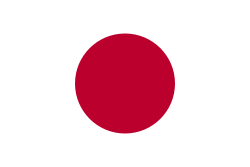Japan Unveils Advanced Railgun to Counter Hypersonic Missiles
 Japan
JapanNintendo experienced a significant drop in its stock value after the announcement of its much-anticipated Switch 2 console. The Japanese gaming company's shares fell nearly 6% to 8,940 yen during Tokyo trading, marking its largest daily decline in the past three months. This decrease occurred alongside a general 1.2% decline in the Nikkei 225 index.
Despite the excitement surrounding the unveiling of the Switch 2 in a brief two-minute video, investor response was lukewarm due to a lack of crucial information. The video did not provide details on pricing, a game lineup, or specific features, leaving many investors unconvinced about the future prospects of the new handheld device.
The Switch 2 is expected to launch in 2025 and will be a portable hybrid similar to its predecessor, featuring a larger screen and magnetically attached controllers. A new version of the popular Mario Kart was also announced, and the console will support backward compatibility with the existing Switch library.
The original Switch has sold 150 million units since its launch in 2017, but declining demand has pressured Nintendo's earnings, leading the company to revise its annual profit and sales forecasts downward. The cautious market reaction to the Switch 2's announcement highlights investor worries that it will not be enough to revitalize Nintendo's declining performance.
 Japan
Japan Japan
Japan Japan
Japan